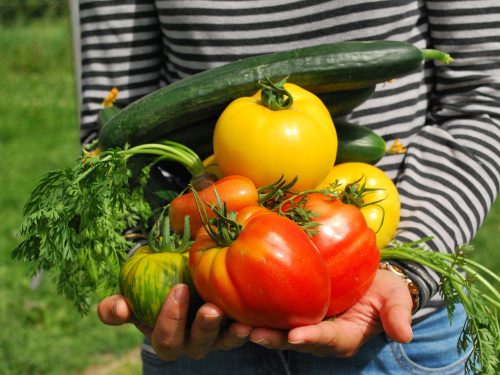
As the demand for healthy, accessible produce increases, more people are looking for tips on how to maximize the yields in their own vegetable gardens. Here are 20 helpful tips to use as a checklist when planning, planting, maintaining, and harvesting.
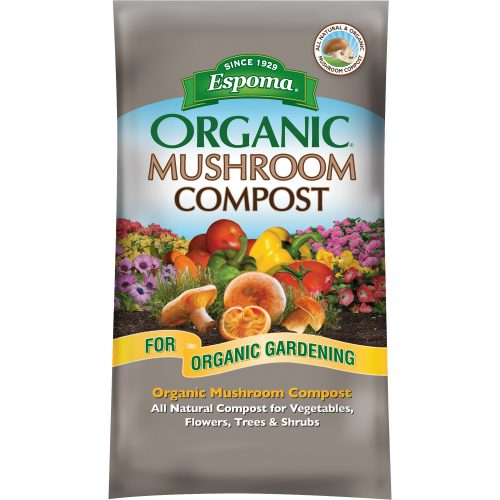
1. Nourish your soil.
Nowhere is it more important to nourish your soil than in your food garden. All of the vitamin and mineral-rich compost, humus and manure you add now will pay out huge dividends in the way of nutritious, flavorful fruits and veggies. We recommend mixing in Espoma’s Organic Mushroom Compost and manure the fall prior to planting, then topping the garden off with more during the growing season.
2. Grow regionally appropriate varieties.
Certain varieties of fruits and vegetables are better suited to certain regions. For example, ‘Garden Gem’ and ‘Garden Treasure’ tomatoes were developed at the University of Florida and exhibit far greater heat tolerance in the South than many other tomatoes. But if you garden in the North where the growing season is relatively short, you’ll want to choose early fruiting varieties that mature quickly to make sure there is plenty of time for harvesting before cold weather arrives.
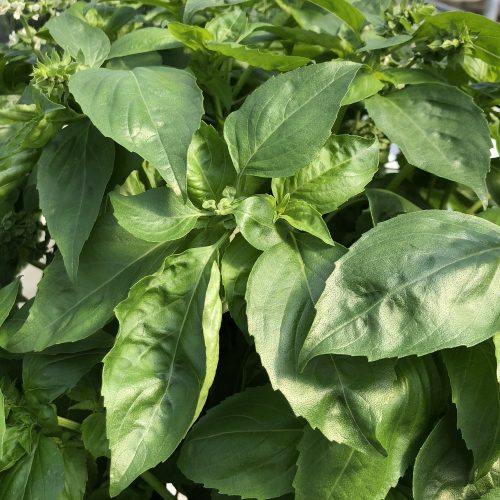
3. Select varieties with improved disease resistance and high yield capacity.
Don’t settle for just any kind of fruits and vegetables. Seek out those varieties with notable disease resistance and those that are higher yielding when planning your garden. You’ll get an entire season’s worth of basil out of Amazel Basil® which is strongly resistant to downy mildew versus standard sweet basil which often succumbs to the disease by midsummer. All-America Selections is great resource for finding award-winning varieties of vegetables with high yields.
4. Plan to plant a mix of annual and perennial fruits and vegetables.
While it’s great to try new types of annual vegetables like peppers and leafy greens every year, you’ll maximize your yield by incorporating some perennial crops like asparagus, strawberries, rhubarb, blueberries and haskaps into your garden, too. Next spring, while you’re waiting until it’s warm enough to plant your tomatoes outside, you’ll already be harvesting fresh asparagus spears. Perennial edible plants will yield a bigger harvest every year.
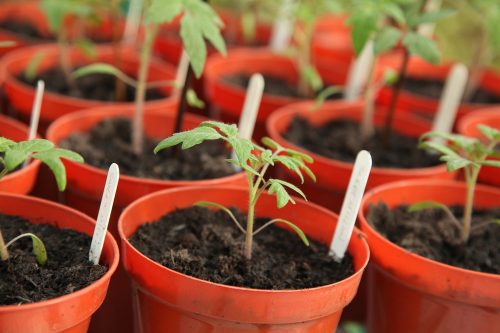
5. Start early.
Especially if your growing season is short, start your garden early by sowing seeds indoors under grow lights so you’ll be ready to plant outside as soon as warmer temperatures arrive. Use cold frames, high tunnels or a small greenhouse to start harvesting cool season crops early in the season, and fabric row cover at the end of the season to prolong the harvest.
6. Rotate your crops every year.
Once you’ve decided what you’ll be growing and started your seeds, map out where you will plant each variety. Take care not to plant the same thing in the same exact spot two years in a row. Rotating your crops will help to avoid pest and disease issues and won’t deplete the soil of nutrients as quickly.
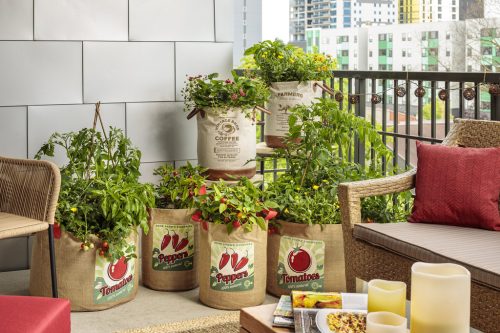
7. Grow plants in the ground and in containers.
When you think of a vegetable garden, you might picture a large plot of earth needed to grow a decent amount of food. But many of today’s fruits and vegetables are small enough to grow in containers on your deck or balcony. Goodhearted™ tomato grows just a foot tall and has a pendulous shape, making it perfect for growing in hanging baskets or in a pot on your patio. Herbs grow great in window boxes. Save your in-ground planting space for larger crops like squash and melons.
8. Plant in blocks rather than in rows.
Studies from the Colorado State University Extension have shown that planting fruits and vegetables in blocks rather than in rows can as much as quadruple your yield. Blocking plants allows for tighter spacing and cuts down on the number of walking paths needed, leaving more room to grow more food. Using your garden space more efficiently will increase your overall yield
9. Grow vertically.
Stake up or trellis sprawling plants like cucumbers, beans, cantaloupe and squash to save more space on the ground for planting additional crops. Undersow part shade-tolerant greens like lettuce and spinach under the canopy of these trellised crops to maximize every inch of your planting space.
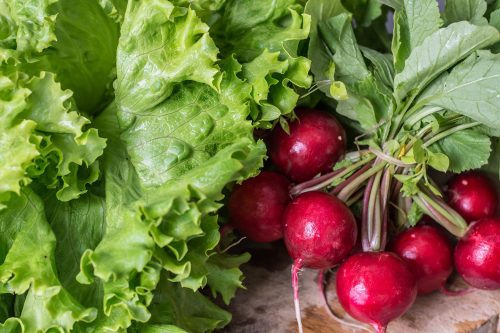
10. Take advantage of succession planting.
It takes some planning, but by sowing new seeds every few weeks, you’ll be able to plant the garden in relay fashion. Start with cool season crops that need only a few days to germinate like leafy greens, beets and radishes, then replace them after harvesting with warm season vegetables such as beans, zucchini and watermelon. In the fall, sow new crops of fast-growing cool season vegetables that will be ready before season’s end. By planting in this successive manner, you’ll maximize the overall yield of your garden.
11. Use companion planting techniques.
Companion planting is an ancient practice that has worked for generations of people who have grown their own food. The Three Sisters planting method of planting corn, beans and squash is legendary and makes a lot of sense. The corn provides a support for the beans to climb while the large leaves of the squash plants shade out the weeds and keep the soil cool and moist. Beans are legumes, so they naturally fix Nitrogen in the soil which helps the corn and squash grow big and strong. The Old Farmer’s Almanac has a handy companion planting chart to help you choose the best companions.
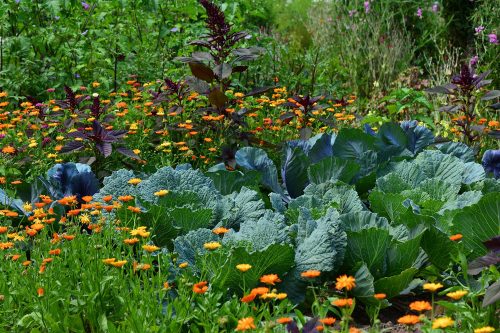
12. Leave room for flowers.
You might think flowers have no place in a vegetable plot, but they can actually help increase your yield. Grow a border of catmint or sweet alyssum around the edge of your garden and watch how it draws in pollinating bees who then meander over to pollinate your vegetables. Leave room to plant a few edible flowers like nasturtiums, bee balm and calendula between your cabbages and eggplants.
13. Include some cut-and-come-again crops.
Plan to grow a few vegetables like leaf lettuce, swiss chard, spinach, herbs and bush beans that can be harvested multiple times per season. This is especially useful if you only plan to plant the space once during the growing season.
14. Watch your spacing.
How far apart to plant your seeds or young plants is an important detail. Plant them too close and you’ll limit their size and subsequent harvest. Plant them too far apart and you’ll waste valuable garden space. Check the spacing instructions on the seed packet or plant tag and take care to follow them carefully. A waterproof ruler is a handy tool to keep in your garden shed.
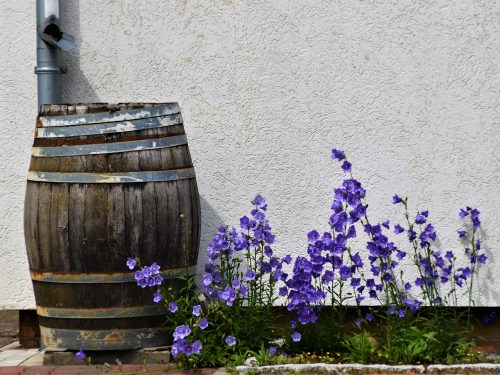
15. Use rainwater to irrigate your garden.
Though this step isn’t mandatory, you may find that your crops grow better if you irrigate them with rainwater. Unlike city water which can include chemicals, rain water is softer and contains more nutrients that your fruits and vegetables will benefit from. If possible, invest in a rain barrel and use the water collected to water your garden.
16. Water your plants consistently.
You may have drought tolerant shrubs and perennials in your garden, but the vegetable garden is no place to skimp on irrigation. Edible plants need an ample, consistent water supply to consistently produce good quality fruit. If your tomatoes crack every year, inconsistent irrigation could very well be the culprit. Install soaker hoses set to a timer or an automatic sprinkling system if possible. If you need to water by hand, set a recurring appointment on your phone to remind you to do so. This is a critical step not to be missed!
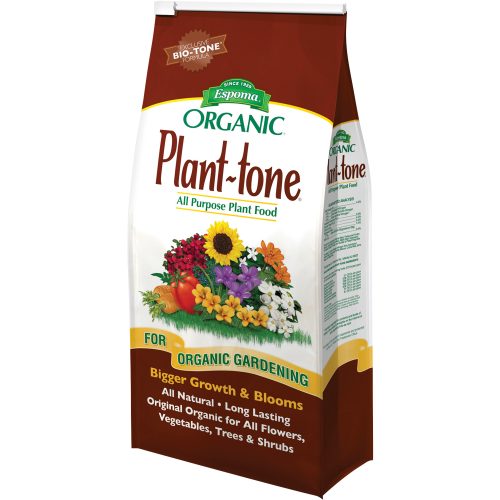
17. Feed your plants.
In order for your fruit and vegetable plants to yield a sizable harvest and feed your family, you will need to feed your plants. In addition to the nutrient-rich amendments you’ve added to your soil, use an organic fertilizer like Espoma’s Plant-Tone or fish emulsion to feed your edible plants. In addition to helping them produce a greater yield, fertilizer will also help your plants grow stronger so they can fend off disease and pest pressures.
18. Monitor and manage garden pests and diseases.
In the ornamental garden, pests like slugs may chew holes in flowers or leaves but the damage is mostly cosmetic. In the vegetable garden, pests and diseases can mean the difference between having a good harvest or having to toss the whole crop, so it’s important to watch for them and mitigate any damage early on. Your local University Extension Office will be a good source of pest and disease control information for your area.
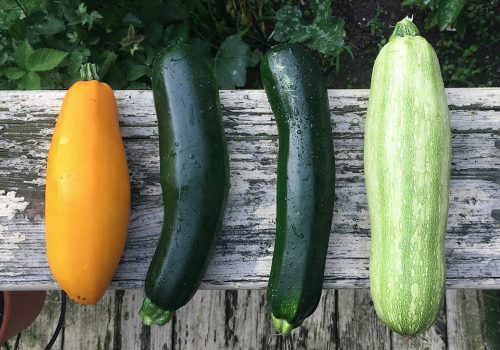
19. Harvest the crops young and often.
To encourage your plants to continue to grow and produce more food, harvest from them when the fruit is still young. For example, pick the zucchini when it is six inches long rather than waiting for it to grow the size of a baseball bat. It will taste better and encourage the plant to produce more harvestable fruit. Studies show that picking fruit young results in higher overall yields.
20. Pull the weeds.
Yes, it’s an inevitable part of growing a garden. If you grow a garden—any kind of garden—you’re going to have to pull the weeds. They will compete with your edible plants for resources and your yields will suffer if you don’t complete this simple task. Make a point to head out to the garden once per week to pull weeds, giving priority to any that are flowering or about to set seed. Keep a weeding tool in a mailbox affixed right to your garden fence and you’ll never have an excuse not to get the job done again.
